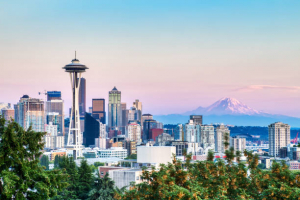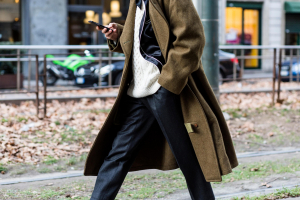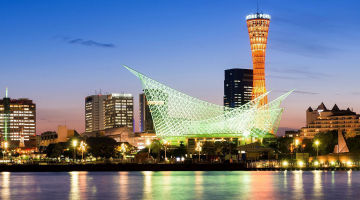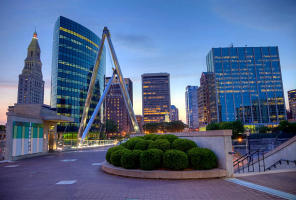Top 6 Most Popular Art Styles for Artists to Try
Many prevalent art styles today emerged from a long time ago but still thrive in modern artists’ communities. This article will sum up the most popular art ... read more...styles for artists to try.
-
Abstract art is one of the most popular art styles for artists to try. It employs the visual elements of shape, form, color, and line to produce a composition that may exist with a level of independence from external visual cues. From the Renaissance through the nineteenth century, Western art was based on viewpoint logic - as well as the endeavor to replicate the illusion of apparent reality. In the last years of the 19th century, many artists felt compelled to produce a new kind of art that reflected the profound shifts in technology, science, and philosophy.
Diverse societal and intellectual preoccupations, which pervaded all sectors of Western society at that time - were mirrored in the sources from which different painters got their theoretical justifications. Abstraction denotes a break from realism in artistic portrayal. This deviation from the actual depiction may be modest, partial, or total.
The concept of abstract art always undergoes changes. Even art that strives for the utmost degree of realism may be considered abstract - at least in theory - since complete portrayal is unachievable. Artwork that takes liberties - such as modifying color and shape in obvious ways - might be described as somewhat abstract, too. Meanwhile, absolute abstraction has no resemblance to anything recognizable.
Among the many art styles that incorporate partial abstraction is Fauvism - in which color is noticeably and purposefully changed in close relation to reality and cubism. In Fauvism works, the shapes of the represented real-world elements are transformed.
Emergence: 1860
Outstanding artists: Wassily Kandinsky, Jackson Pollock, Piet Mondrian, Mark Rothko
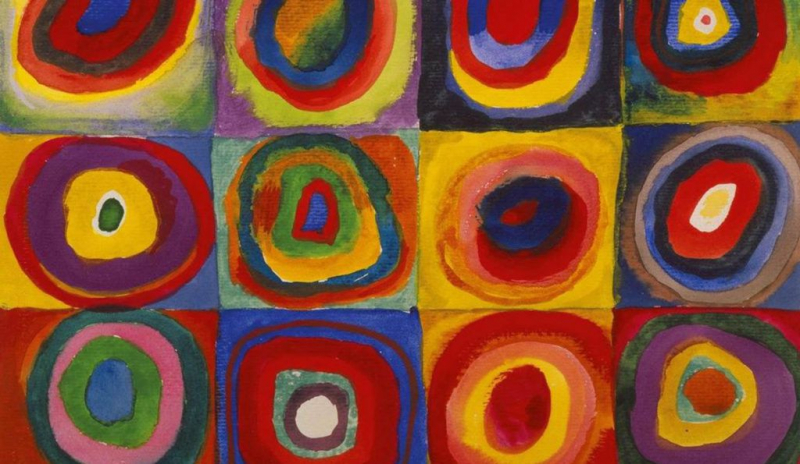
Source: Artists Network 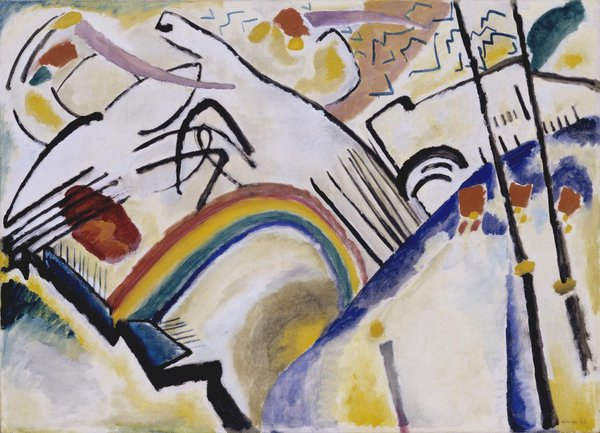
Source: Tate Modern -
The creativity trend of Realism developed in France around the 1840s, during the time of the 1848 Revolution.
Romanticism, which used to dominate French art and literature in early 19th century, was condemned by realists. As a result, the realist movement rebelled against exotic subject matter, heightened emotionalism, and excessive melodrama of the Romantic period. Instead, it aimed to depict genuine and typical modern people and circumstances with integrity and truth, without excluding unpleasant or reprehensible parts of life. In essence, the movement sought to focus its attention on unidealized issues and occurrences that had previously been disregarded in art.
Realist works often represented the changes brought on by the Commercial and Industrial Revolutions, depicting individuals of all social strata in scenarios that occur in everyday life. Realists highlighted daily topics and events in modern surroundings and strove to portray all socioeconomic strata in a comparable way. The use of dreary earth tones negated the beauty and idealization normally seen in art.
As opposed to presenting idealized depictions of the world, Realism was mainly involved with how things seemed exactly as they were to our naked eyes. With the arrival of photography - a new visual source - the drive to create representations that seem objectively genuine increased.
This movement used to spark controversy because of its deliberate criticism of societal ideals and the higher class, as well as its examination of the industrial revolution's new values. But nowadays, it is much more well-received, and is considered among the most popular art styles for artists to try.
Emergence: 1840s
Outstanding artists: Gustave Courbet, Ilya Repin, Jean-Francois Millet, Rosa Bonheur.
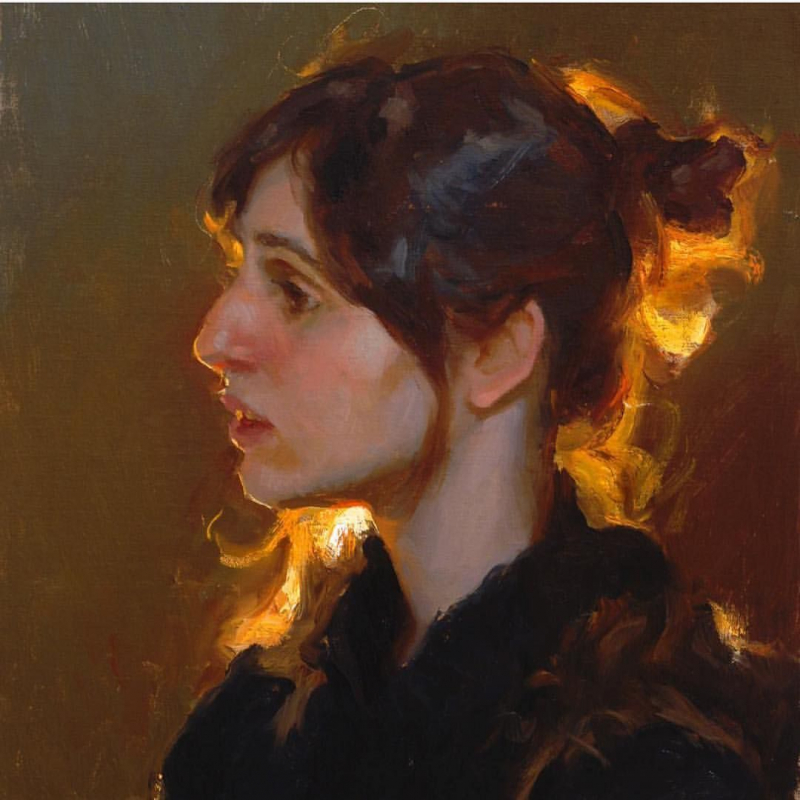
Source: Pinterest 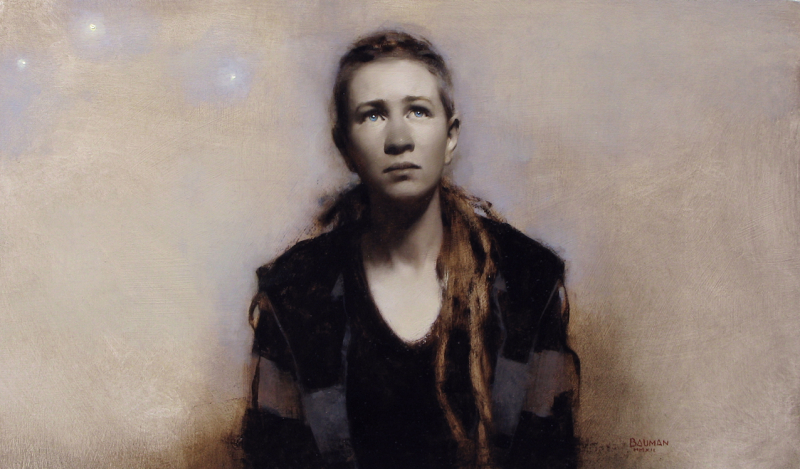
Source: John Dalton -
Expressionism is a type of modern movement that originated in Mainland Europe around the turn of the 20th century, first in poetry and art. It is characterized by the transparent presentation of the world - purely from a subjective viewpoint -and severely altering it for emotional impact in order to provoke feelings or thoughts. Expressionist painters have strived their best to convey the significance of emotional experience as opposed to physical realities.
The avant-garde style of Expressionism emerged before World War I. During the Weimar Republics, it remained popular, notably in Berlin. Expressionist architectural works, painting, literature, theater, dance, cinema, and music were just a few of the many creative forms that adopted the approach.
The term "Expressionism" itself is sometimes evocative of anxiety and angst. In a historical context, earlier artists such as El Greco and Matthias Grunewald are occasionally referred to as expressionists, despite the fact that this art style is mostly associated with 20th-century paintings.
Michel Ragon (an art historian) and Walter Benjamin (a German philosopher), among others, have compared Expressionism to Baroque. As per Alberto Arbasino, a clear distinction between these two concepts is that "Expressionism never shies away from violently disagreeable effects, while Baroque does." In essence, Expressionism has some "fuck yous" vibes, while Baroque style is much more refined.
Emergence: 20th century
Outstanding artists: Vincent van Gogh, Francis Bacon, Wassily Kandinsky, Wolfgang Neumann
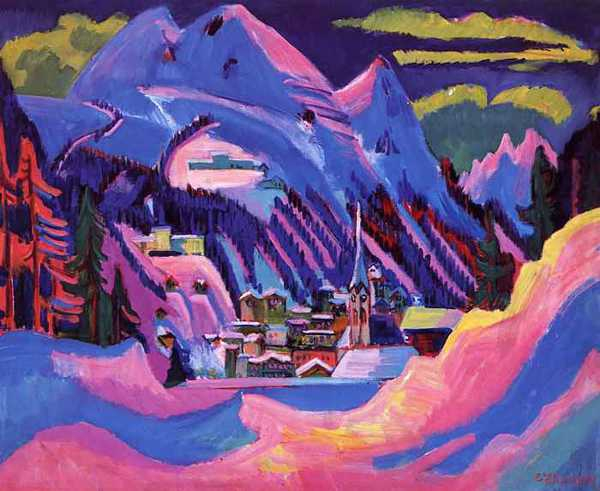
Source: Artyfactory 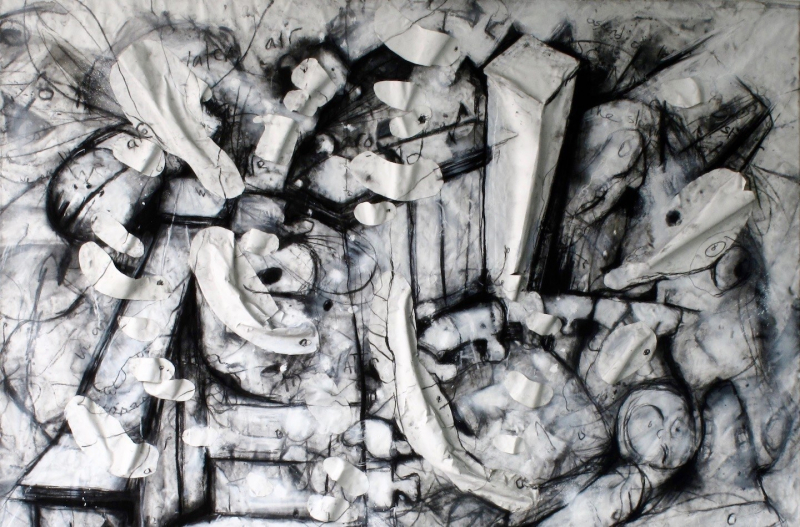
Source: Rise Art -
The notion of "Painterliness" is derived from the German word malerisch ('painterly'), which was introduced by Swiss art expert Heinrich Wolfflin (1864–1945) in order to help concentrate, enhance, and standardize the adjectives used by most art critics of his day to describe these types of paint-centric artworks.
It is claimed that a painting is "painterly" if it has apparent brushstrokes - the consequence of adding color in a way that is not wholly controlled - often without precisely following well-defined lines. Any painting medium – watercolors, acrylics, oils, gouache, etc. – may provide either geometric or painterly results.
Pierre Bonnard, Vincent van Gogh, Renoir, and Andrew Wyeth are examples of painters whose works might be described as Painterly. Impressionists, Fauvists, and Abstract Expressionists had a strong tendency toward a Painterly style as well.
Painterly art often employs the many aesthetic effects created by painting on canvas, including chromatic development, warm and cold tones, complementary and opposing colors, fractured tones, wide impasto, and brushstrokes.
Although the term "Painterliness" often refers to a specific use of paint in art, some types of sculpture use seemingly random surface effects that, while not precisely matching brushstrokes, yet exhibit painterly characteristics. We can describe such sculpture pieces as "Painterly" as well, even though they are not paintings.
Emergence: 1864
Outstanding artists: Pierre Bonnard, Vincent van Gogh, Renoir, and Andrew Wyeth
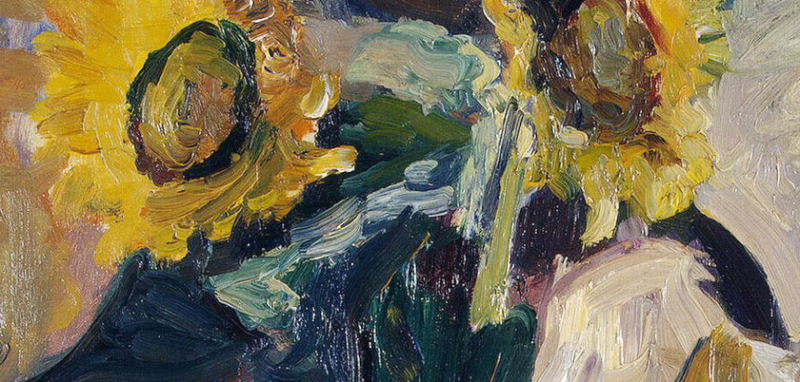
Source: Design/Art Practice 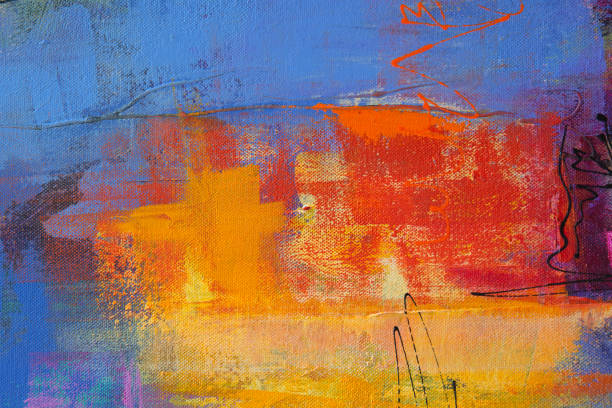
Source: iStock -
Impressionism was an art movement that was distinguished by small and thin yet recognizable brushstrokes, open concentration, increased focus on the accurate portrayal of light in its frequently changing settings (often emphasizing the repercussions of the lapse of time), unexpected visual angles, and incorporation of movements as a crucial component of human experience and perception.
Impressionism was founded by a small club of Paris-based painters, whose 1870s and 1880s independent exhibits propelled them to fame. At the same time, other painters from other countries, such as Macchiaioli ( in Italy) and Winslow Homer (from the U.S), were also experimenting with plein-air painting.
In France, the traditional art world criticized the Impressionists with great ferocity. In fact, the word Impressionism itself was coined by the critic Louis Leroy in a sarcastic review released in the Parisian weekly Newspaper Charivari - in response to Claude Monet’s painting titled "Impression, soleil levant". But despite the backlash, the birth of Impressionist art styles in the fine arts was quickly followed by similar forms in music and writing, which became characterized as impressionist poetry and literature, respectively.
Encompassing unique ways of viewing the world, Impressionism, overall, is an art of urgency and movement, frank stances and compositions, and entails genius play of light sources represented via the use of brilliant and diverse colors.
Emergence: 19th century
Outstanding artists: Édouard Manet, Claude Monet, Edgar Degas, Camille Pissarro, Pierre-Auguste Renoir
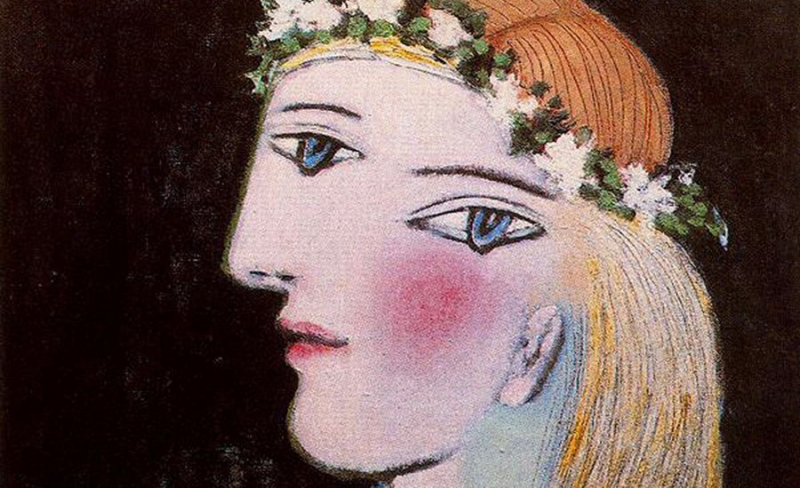
Source: ArtSpace.com 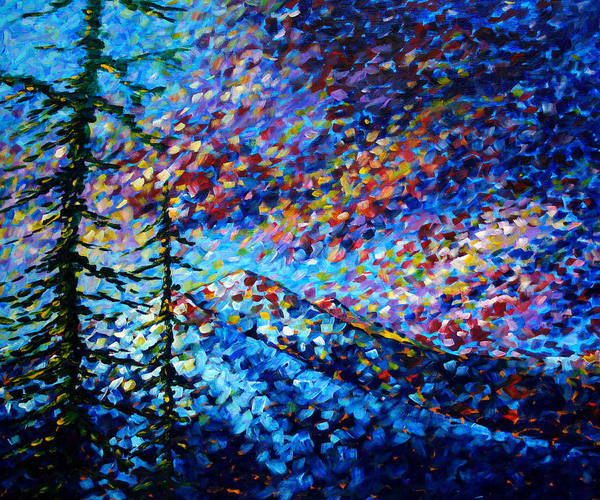
Source: Fine Art America -
Surrealism is a culture movement that emerged in Europe following the First World War, in which artists exhibited unsettling and illogical scenarios while devising different means to convey what happens in an unconscious mind.
Its founder, André Breton, said that the purpose of Surrealism was to "resolve the formerly incompatible circumstances of reality and dream into an ultimate reality, a super reality," or Surrealism. Surrealism emerged not only in paintings, but also in literature, theater, cinema, and photography, among other mediums.
Surrealist works have elements of surprise, unanticipated juxtapositions, and non sequitur. However, many Surrealism artists and authors consider their work to be primarily an expression of the intellectual movement (such as Breton's "pure psychological automatism" from the original Surrealist Manifesto), with the artworks themselves as secondary (i.e., products of surrealist experimentation).
Breton said unequivocally that the Surrealist style was, above everything, a social revolution. The movement was affiliated with political reasons such as anarchism and communism during the time.
Still, despite early development, the Surrealist ideology was not officially created until late October 1925, when the Surrealism Manifesto issued by French critic and poet André Breton managed to seize the term over a rival party headed by Yvan Goll, a man who had released his own surrealism manifesto two weeks earlier.
Emergence: 20th century
Outstanding artists: Pablo Picasso, Max Ernst, Joan Miró, André Masson
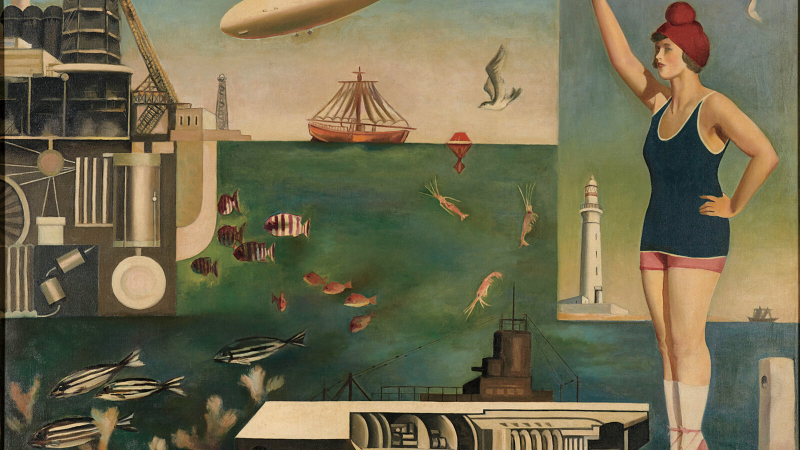
Source: New York Times 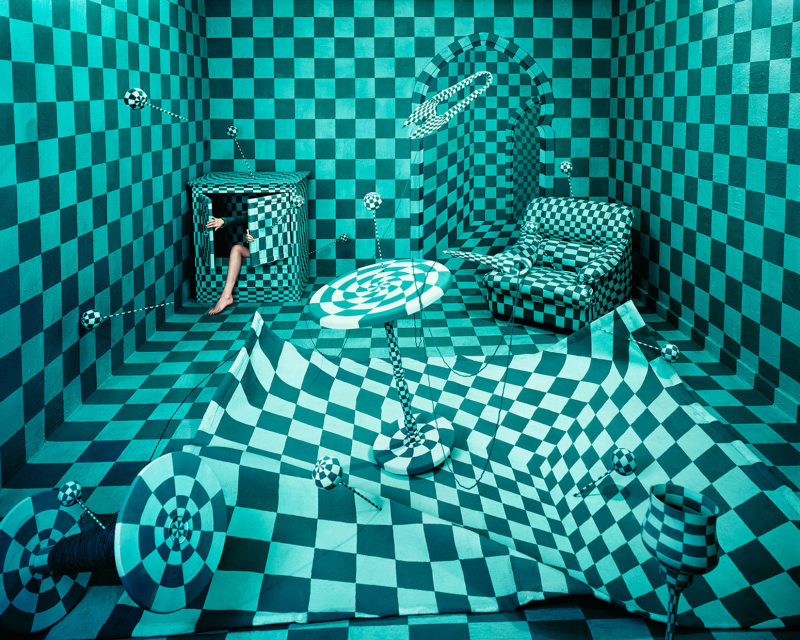
Source: The Artling












